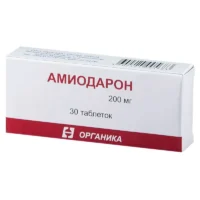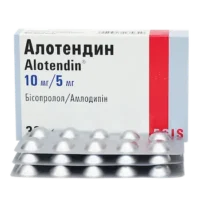Description
Antares (Thiazotic Acid Morpholinium Salt) Solution for Injections 50 mg/ml. 4 ml Ampoules №10
Ingredients
Active Ingredient: Thiazotic acid morpholinium salt. Other ingredients may include solvents and stabilizers.
Dosage
The Recommended Dosage: The usual dose is determined by the healthcare provider based on the patient’s condition. It is typically administered by injection into a vein or muscle.
Indications
Antares Solution is Indicated for: Treating certain bacterial infections when oral therapy is not feasible or effective. It is important to follow the healthcare provider’s instructions for use.
Contraindications
Do Not Use Antares Solution If: Allergic to any of the ingredients, have a history of severe allergic reactions to similar drugs, or certain medical conditions. Consult a healthcare provider for more information.
Directions
Administer Antares Solution: As directed by a healthcare provider. It is usually given by a healthcare professional in a medical setting. Do not self-administer unless instructed to do so.
Pharmacological Effects
Thiazotic Acid Morpholinium Salt acts by disrupting the synthesis of bacterial cell walls, leading to bacterial cell death. This mechanism makes it effective against a range of gram-positive and gram-negative bacteria.
Clinical Trials
Studies have shown: The efficacy of thiazotic acid morpholinium salt in treating specific bacterial infections. Research has demonstrated its mechanism of action in inhibiting bacterial growth by targeting specific pathways.
Clinical Trials: Clinical trials have compared the effectiveness of Antares solution with other antibiotics in treating similar infections. Results have shown comparable efficacy and safety profiles, making it a valuable option in antimicrobial therapy.





